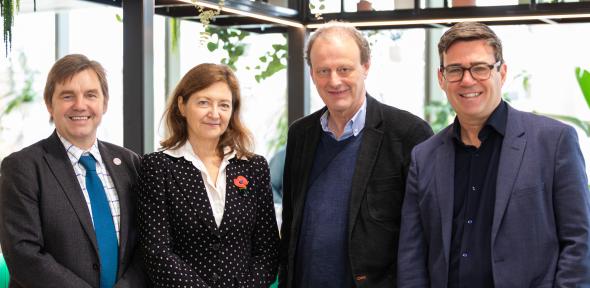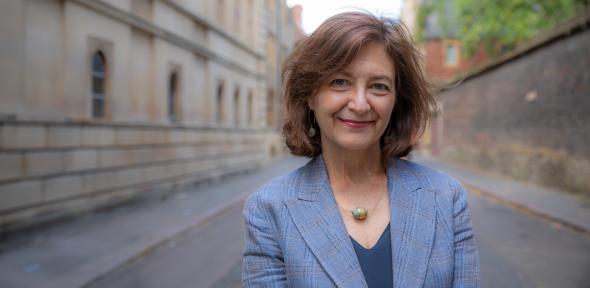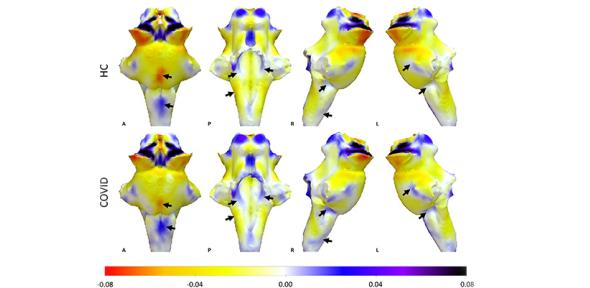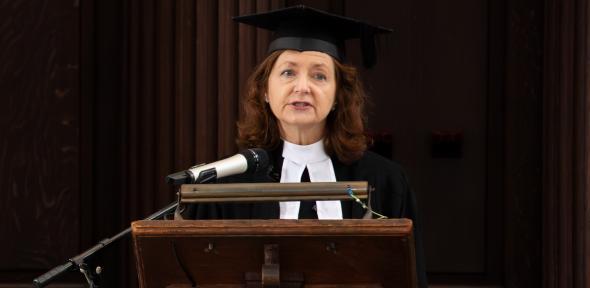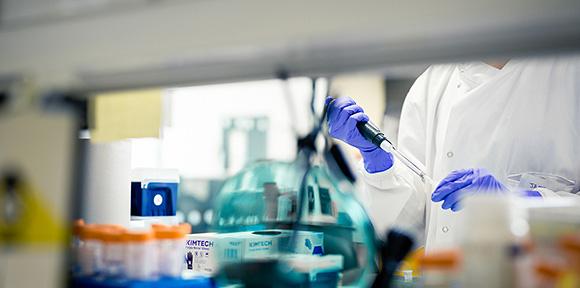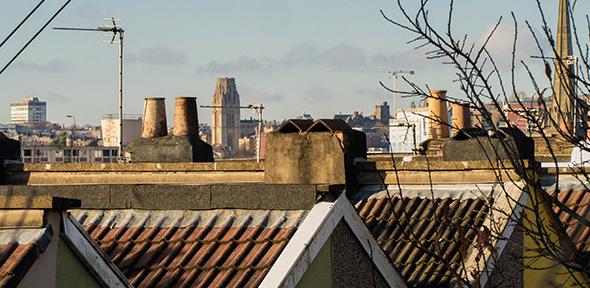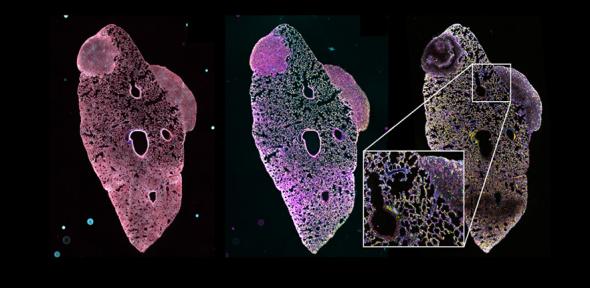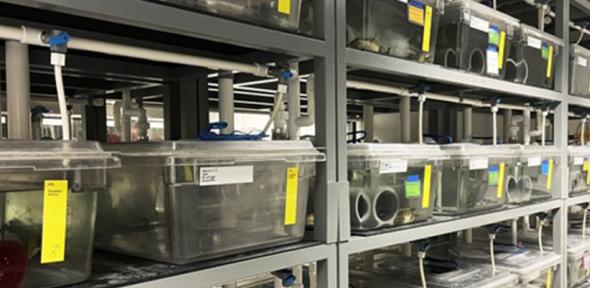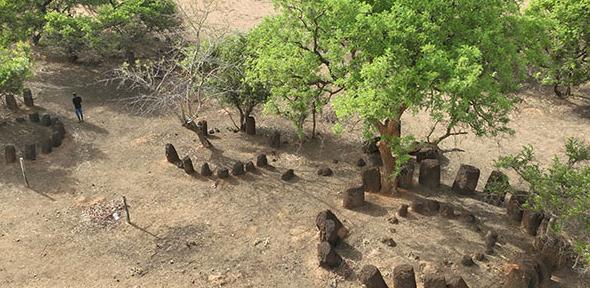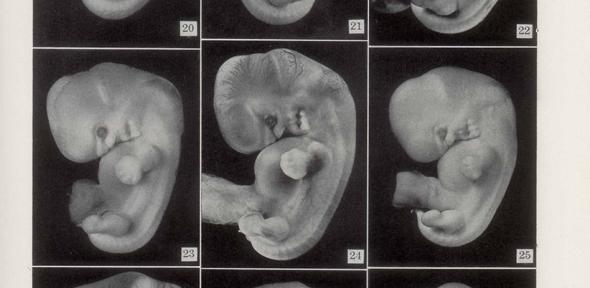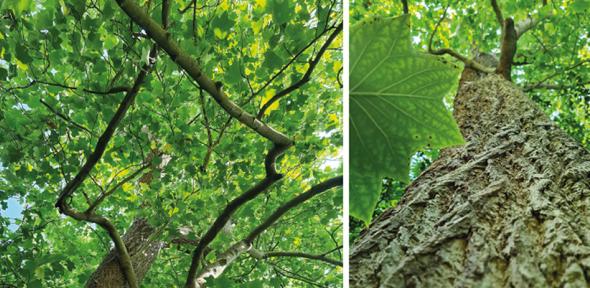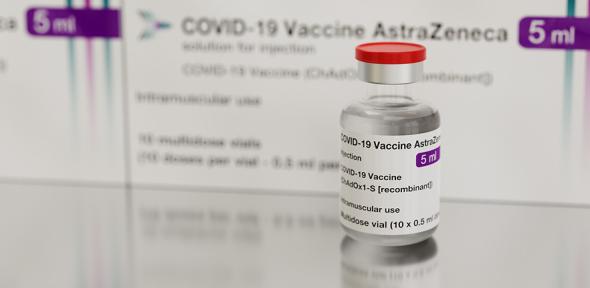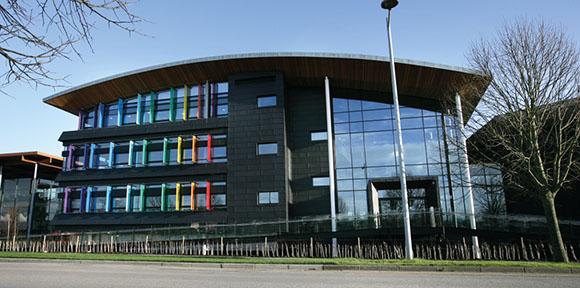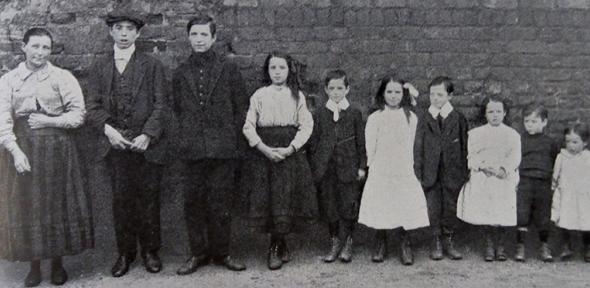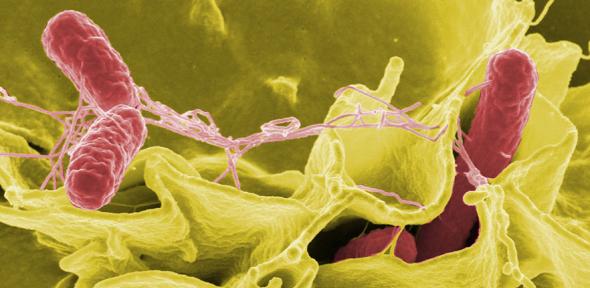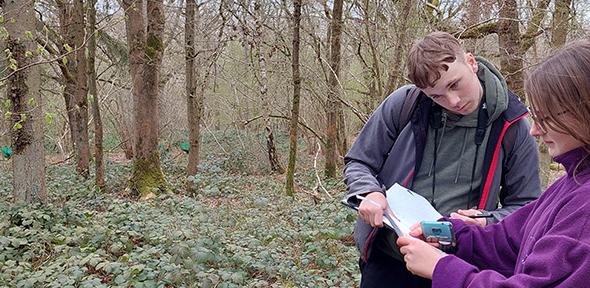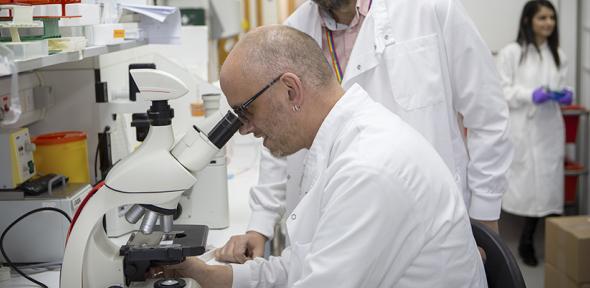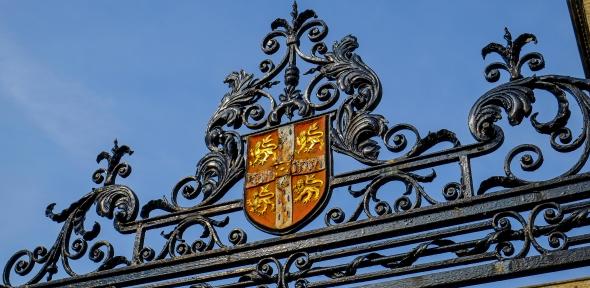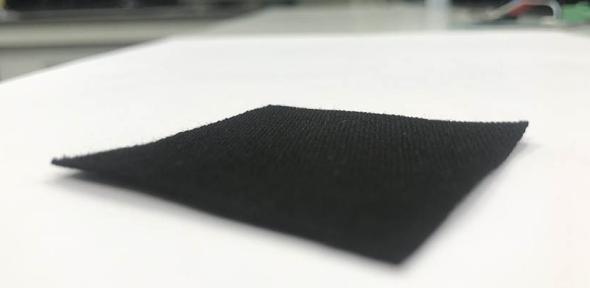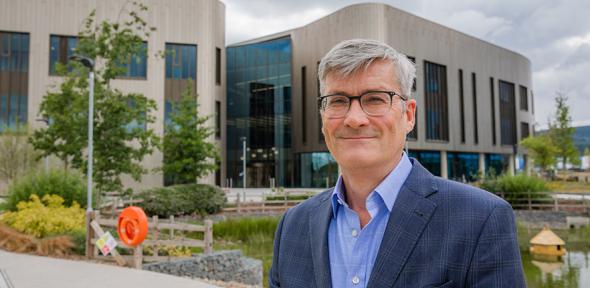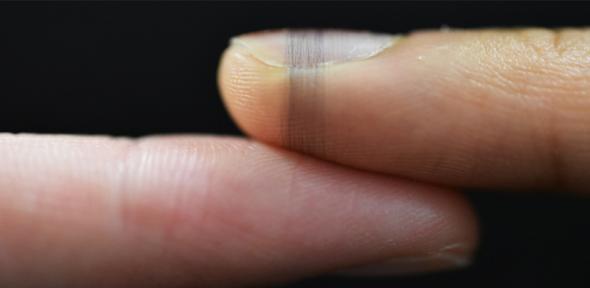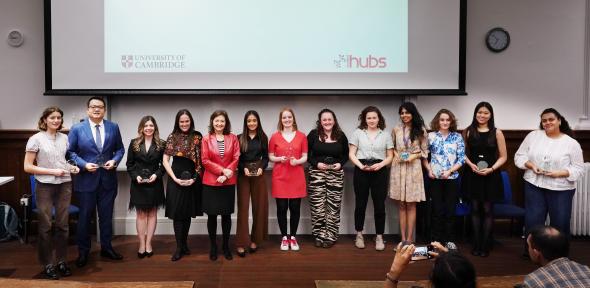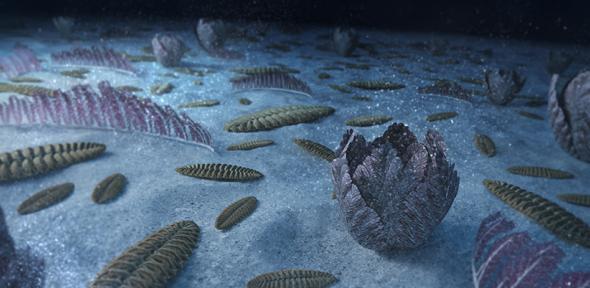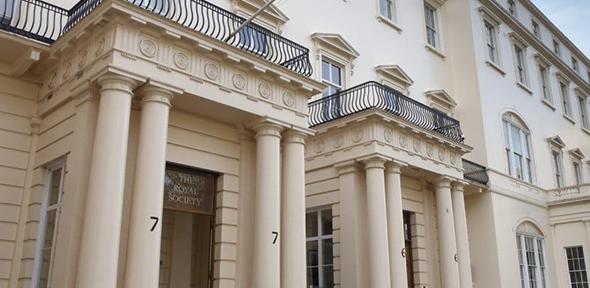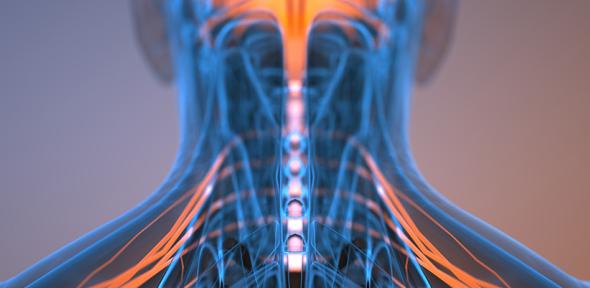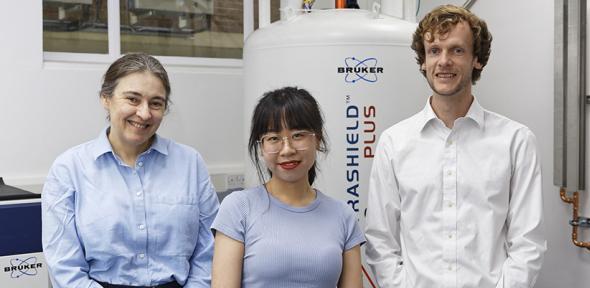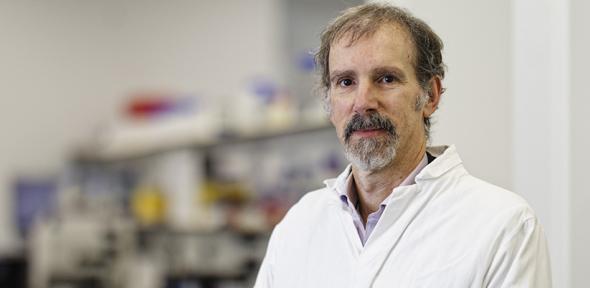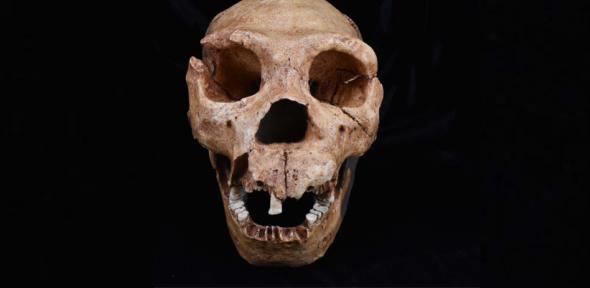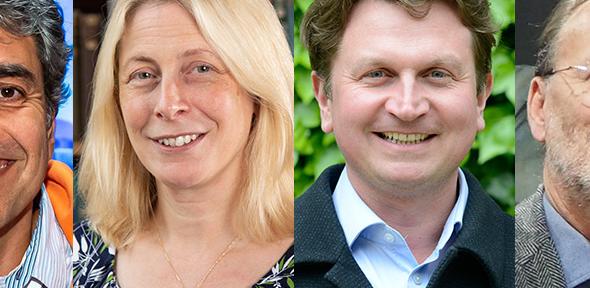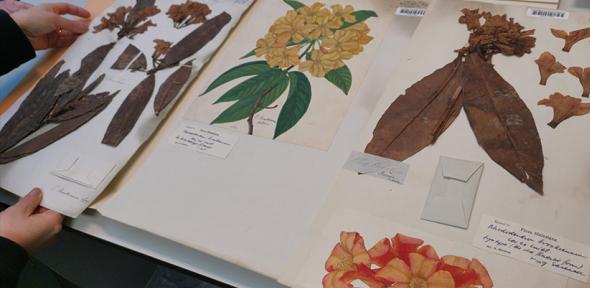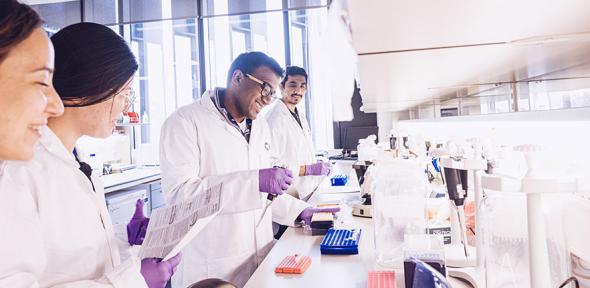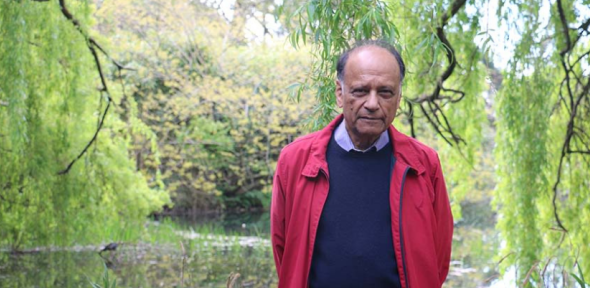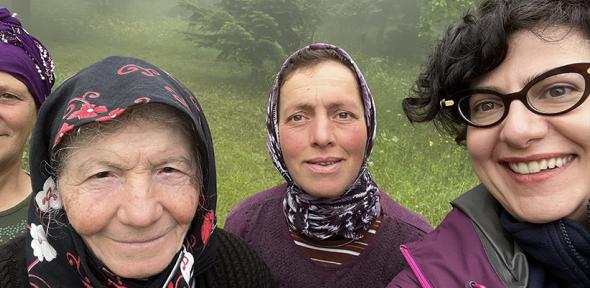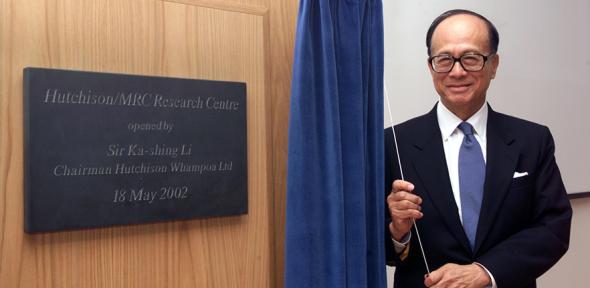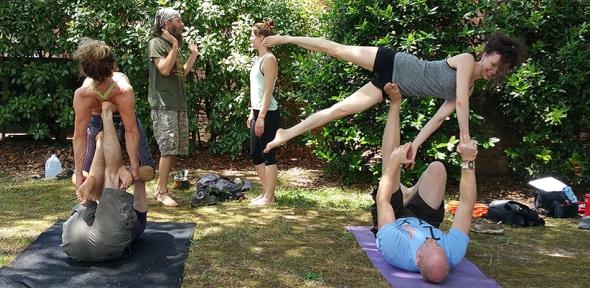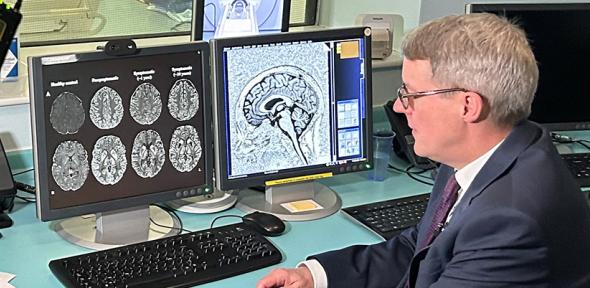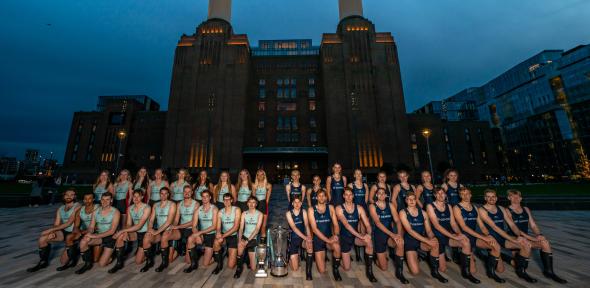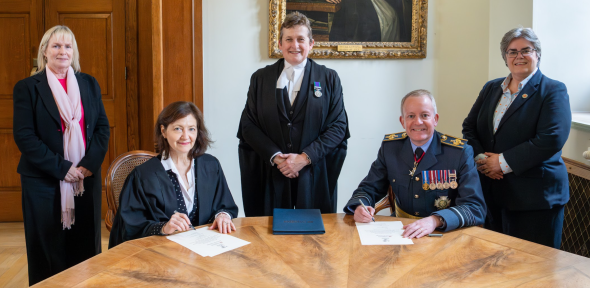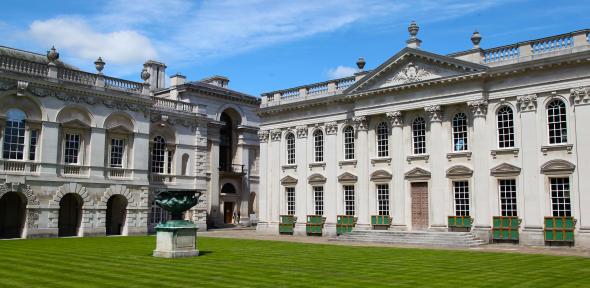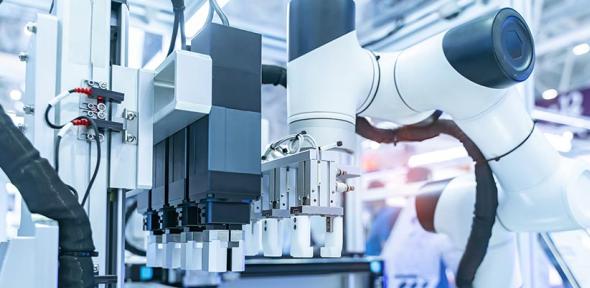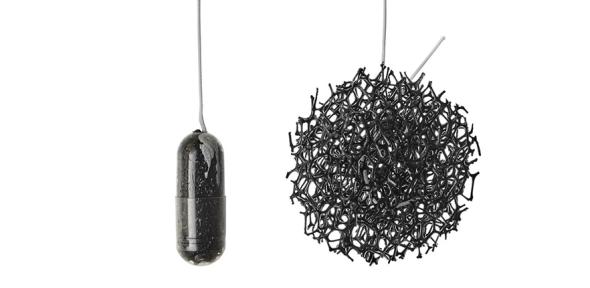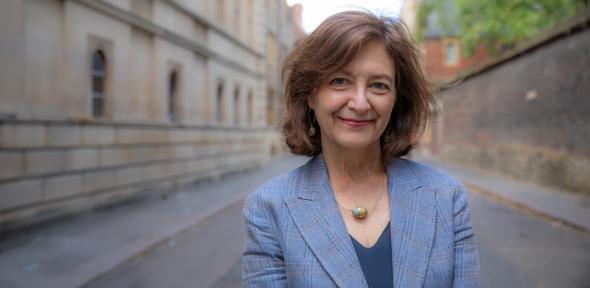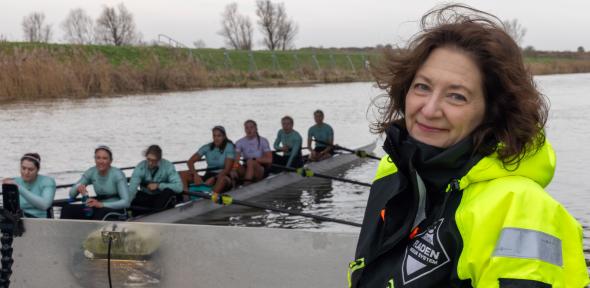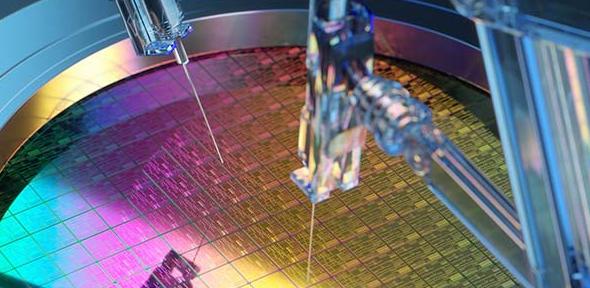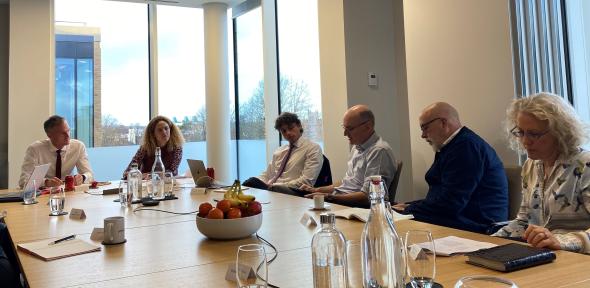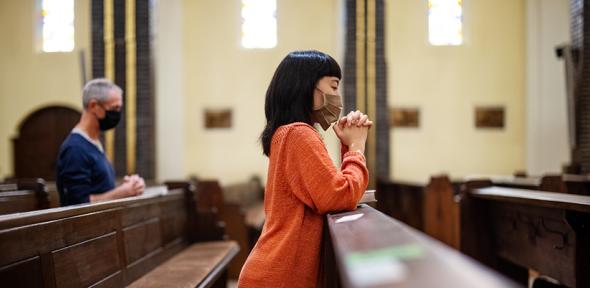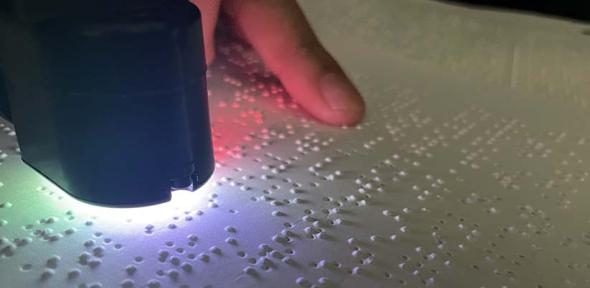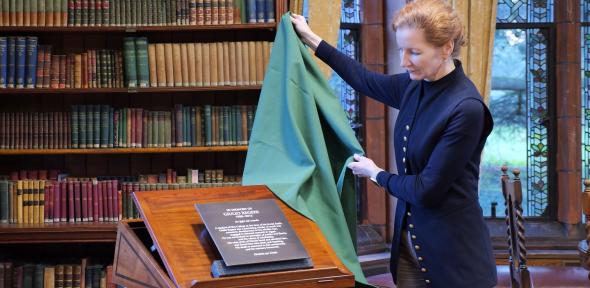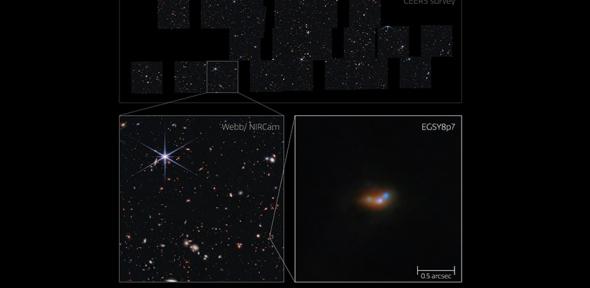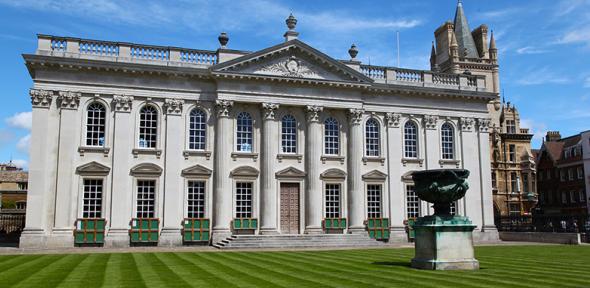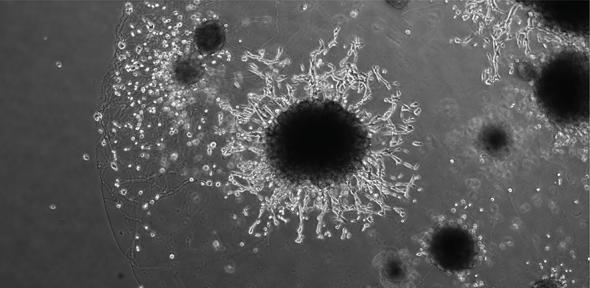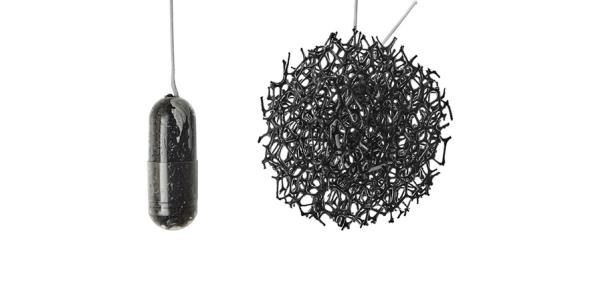Arm donates £3.5 million for Cambridge PhD students to study computer architecture and semiconductor design
The first three students to be supported by the Arm donation will begin their studies at the new research centre in the autumn of 2025. They will be followed by another three students each year for the following four years.
Arm – the company building the future of computing with its global headquarters in Cambridge – is the first organisation to donate to the new CASCADE Research Centre, part of the Department of Computer Science and Technology.
“We’re very grateful to them for their generous support,” said Professor Timothy Jones, Director of the Centre. “As well as funding 15 PhD students over the next five years, Arm’s involvement is helping us realise our vision of a centre where research into addressing key challenges in this field is informed and supported by our industrial partners.This is extremely valuable to us as we work to make the Centre a destination for collaboration between companies, generating pre-competitive open-source artefacts and driving development of novel computer architectures.”
Richard Grisenthwaite, executive vice president and chief architect, Arm said: “Our long-standing commitment to the University of Cambridge through this latest CASCADE funding highlights the vital collaboration between academia and industry as we embark on ground-breaking intent-based programming work to realize the future promise of AI through the next generation of processor designs."
“The Centre has the potential to enable further technology innovation within the semiconductor industry and is an important part of Arm’s mission to build the future of computing.”
Jones added: "Computer architecture is a critical area of computing. It underpins today’s technologies and drives the next generation of computing systems. Here in the Department of Computer Science and Technology, we’re proud of our research and innovation in this area. And the recently published National Semiconductor Strategy underlined how vital such work is, showing that the UK is currently a leader in computer architecture."
"But to maintain this leading position, we need to invest in developing the research leaders of tomorrow. That's why we have established the new CASCADE Research Centre to fund PhD students working in this area, through support from industry. It is currently taking applications for its first cohort of students."
The Centre will focus on research that addresses some of the grand challenges in computer architecture, design automation and semiconductors.
PhD students will work alongside researchers here who have expertise across the breadth of the area, encompassing the design and optimisation of general-purpose microprocessors, specialised accelerators, on-chip interconnect and memory systems, verification, compilation and networking, quantum architecture and resource estimation. This will allow them to explore the areas they are most passionate about, while addressing industry-relevant research.
Students receiving funding from Arm will be working in the general area of intent-based computing, researching systems that communicate what programs will do in the future so that the processor can make better decisions about how to execute them.
Arm was born in Cambridge in 1990 with the goal of changing the computing landscape. Its success since then in designing, architecting, and licensing high-performance, power-efficient CPUs — the 'brain' of all computers and many household and electronic devices — helped fuel the smartphone revolution and has made it a household name.
Arm has long had a research relationship with Cambridge University. Most notably, this has led to the development of new cybersecurity technology, focusing on innovative ways to design the architecture of a computer’s CPU to make software less vulnerable to security breaches.
Adapted from a news release published by the Department of Computer Science and Technology
Arm is donating £3.5 million to enable 15 PhD students over the next five years to study at CASCADE, the University's new Computer Architecture and Semiconductor Design Centre.
![]()
The text in this work is licensed under a Creative Commons Attribution-NonCommercial-ShareAlike 4.0 International License. Images, including our videos, are Copyright ©University of Cambridge and licensors/contributors as identified. All rights reserved. We make our image and video content available in a number of ways – on our main website under its Terms and conditions, and on a range of channels including social media that permit your use and sharing of our content under their respective Terms.












